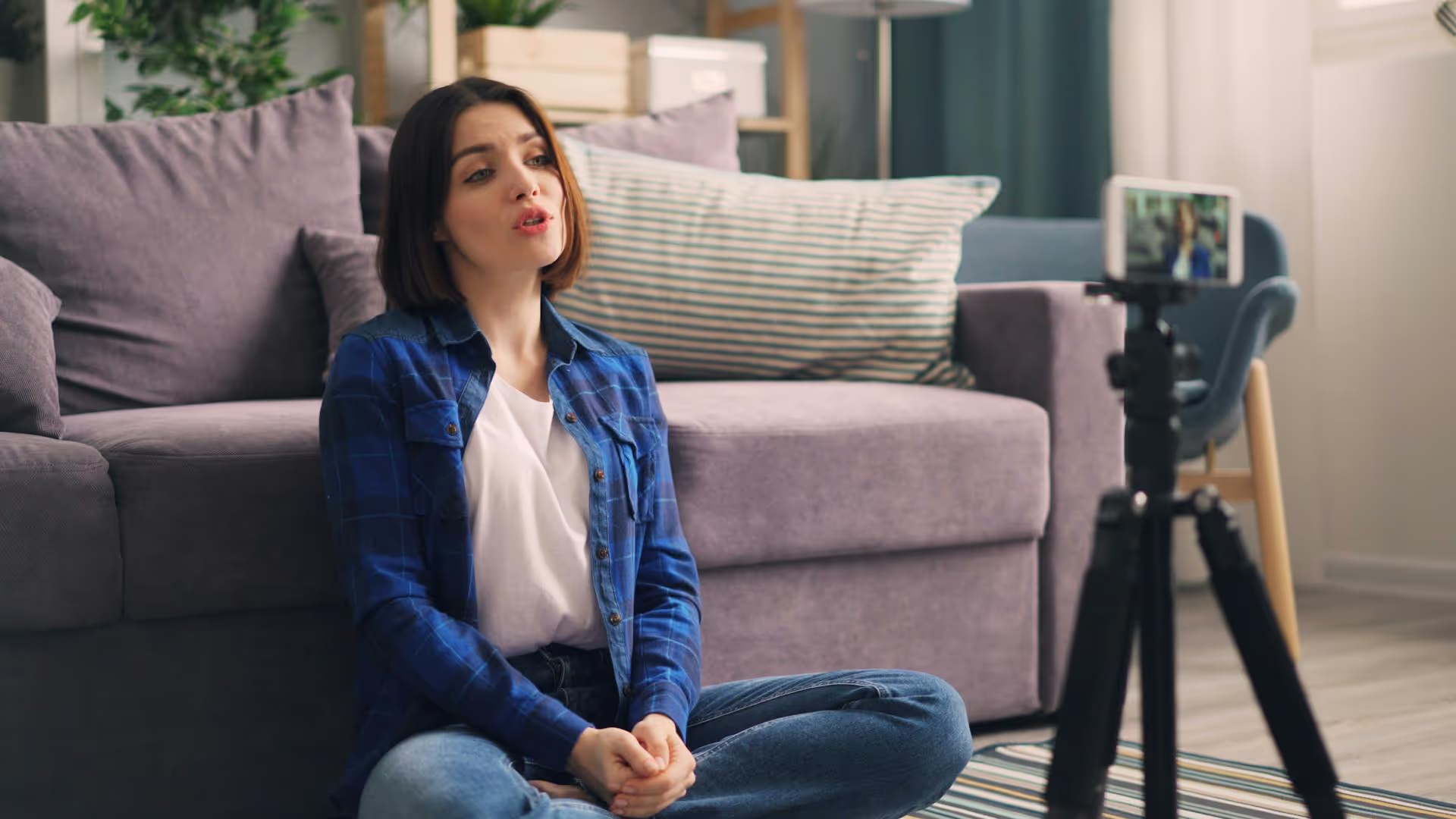How to Add Social Media Icons to an Email Signature
Enhance your email signature by adding social media icons. Discover step-by-step instructions to turn every email into a powerful marketing tool.

Getting your online event set up is exhilarating, but an event page without an audience is just a beautiful website nobody sees. The key to filling your virtual seats is effectively connecting that page to your social media platforms where your community already lives. This guide breaks down exactly how to sync your event page across social media, create a unified promotional campaign, and transform followers into attendees.
Before you post anything, you need one central hub for your event. This is where all roads lead. It can be a dedicated landing page on your website, a page on a platform like Eventbrite, or a webinar registration page. Whatever you choose, it must be the only place people can get all the essential details and sign up. Avoid the temptation to let people RSVP on a Facebook Event AND register on your site - it creates confusion and splits your data.
Once you’ve established your event’s single source of truth, every social media post, story, and ad should point directly back to it.
To make your event feel polished and professional, you need a consistent look and feel everywhere you promote it. People should be able to recognize your event content at a glance, no matter which platform they're scrolling through. Before you start sharing, get your cross-platform assets ready.
Consistent visuals build brand recognition instantly. You don't need to be a graphic designer to create a simple, effective set of assets. Just keep it consistent. Your kit should include:
Just like your visuals, your written messaging should be consistent. Write the core details down in a separate document so you can copy and paste them, adapting slightly for each platform.
Create a simple, unique hashtag for your event, like #YourBrandSummit2025. A good hashtag acts as a digital filing cabinet for all event-related conversations. Encourage speakers and attendees to use it before, during, and after the event to build community and make it easy to track engagement.
Now that your foundation is solid, it's time to create the connections between your event page and your social channels. Here’s a breakdown of how to handle it on the major platforms.
Creating a native Facebook Event is one of the most effective ways to drive RSVPs. It taps into Facebook’s built-in reminder system and social proof mechanics.
For professional B2B events, a LinkedIn Event is non-negotiable. The process is very similar to Facebook's and is fantastic for getting in front of an audience primed for business and career development.
Instagram doesn't have a formal "event" feature like Facebook or LinkedIn, so your strategy here is all about driving traffic to your single link.
These platforms thrive on immediate, engaging content. The strategy is similar to Instagram: use the link in bio as your central hub and create platform-native content that gets people excited enough to click it.
Syncing your event page across social media isn't just a one-time setup, it’s about creating a consistent, engaging promotional campaign. By establishing a single source of truth, building a unified identity, and strategically using the features available on each platform, you create a seamless journey that guides your social media followers from awareness to registration.
Managing the content calendar for an event–from speaker announcements to countdown reminders and last-minute updates–can get messy fast. We built Postbase specifically to solve this kind of chaos. With our visual calendar, you can map out your entire promotional timeline at a glance, schedule all your posts across every platform without things breaking, and see all comments and registration inquiries in one simple inbox. It helps you stay organized so you can focus on putting on a great event, not fighting with your social media tools.
Enhance your email signature by adding social media icons. Discover step-by-step instructions to turn every email into a powerful marketing tool.
Learn how to add your Etsy link to Pinterest and drive traffic to your shop. Discover strategies to create converting pins and turn browsers into customers.
Grant access to your Facebook Business Manager securely. Follow our step-by-step guide to add users and assign permissions without sharing your password.
Record clear audio for Instagram Reels with this guide. Learn actionable steps to create professional-sounding audio, using just your phone or upgraded gear.
Add translations to Instagram posts and connect globally. Learn manual techniques and discover Instagram's automatic translation features in this guide.
Optimize your Facebook Business Page for growth and sales with strategic tweaks. Learn to engage your community, create captivating content, and refine strategies.
Wrestling with social media? It doesn’t have to be this hard. Plan your content, schedule posts, respond to comments, and analyze performance — all in one simple, easy-to-use tool.